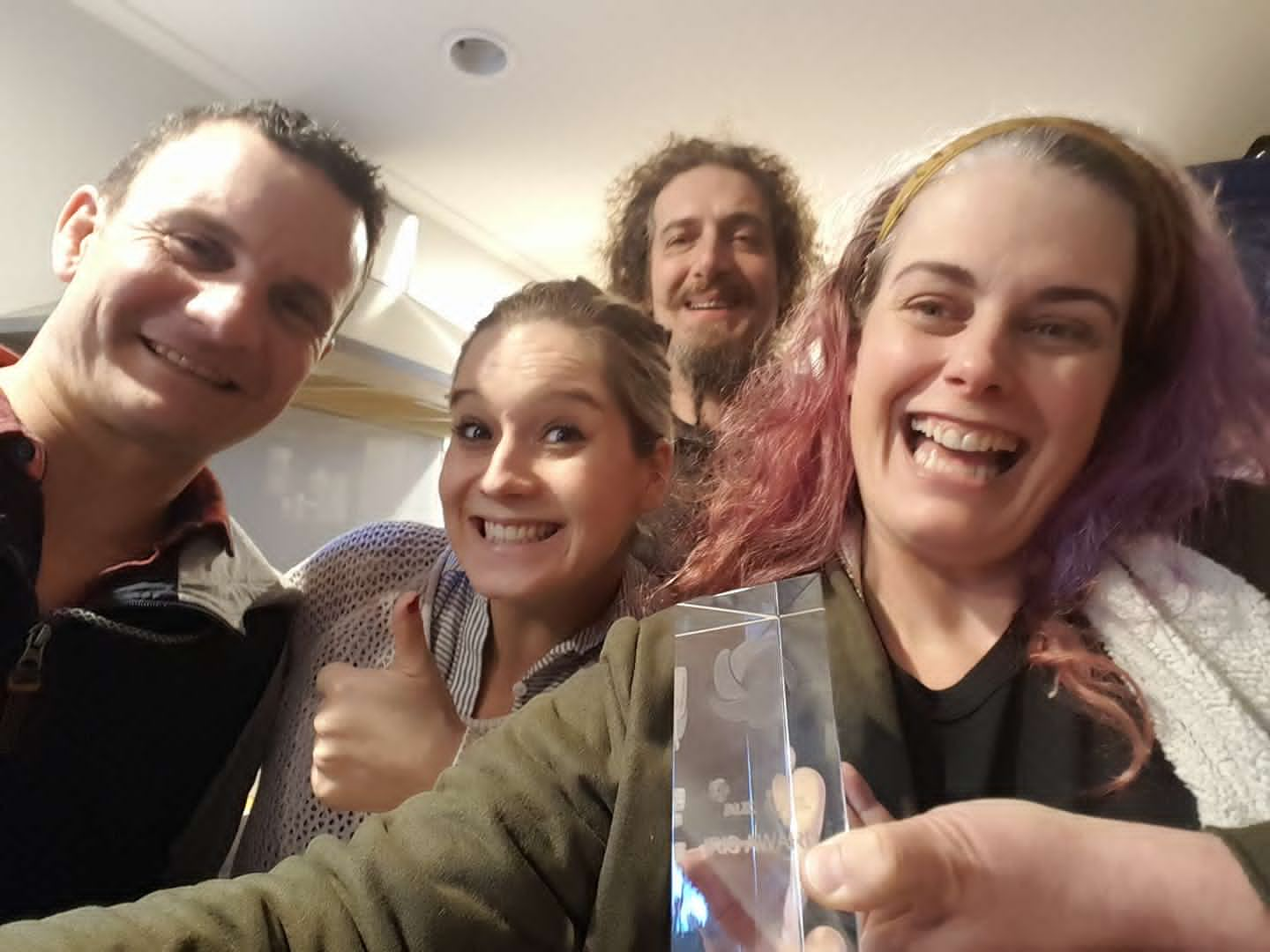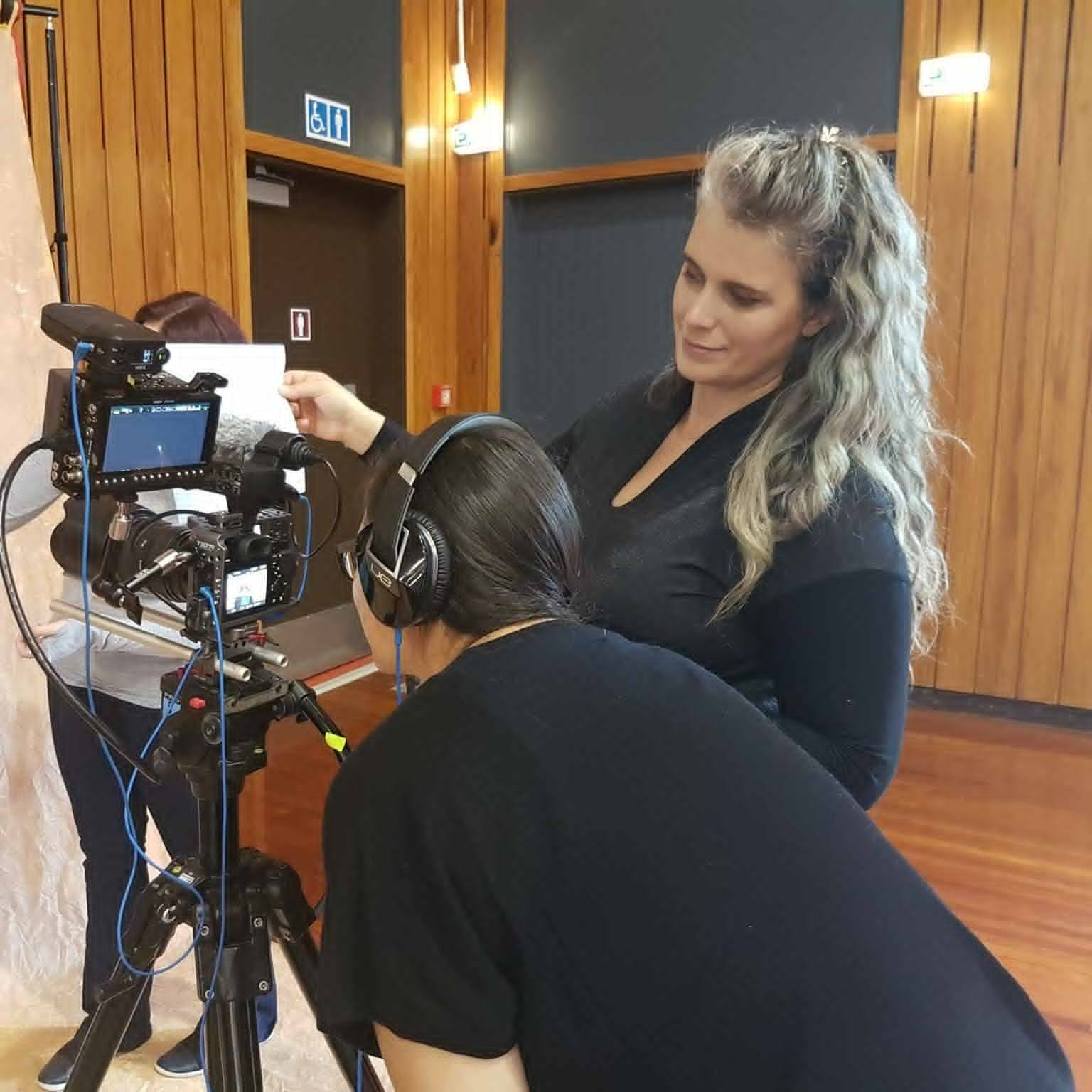The Visual Poets Society
My dream for you.
That you decide that you are in fact... a visual poet.
You may not be able to photography poetically yet.
Your images may not tell the depth of story that you wish... yet.
But you have heart.
You have taste.
You have vision.
Your inner dialog is one of belief. Of belief that the world could be so much better if we only cared more.
You care. You want better for the world.
So you invest in yourself so that you can be more impactful.
So that your art can reach into the heart of another and crack open their thinking.
From the heart up...
You don't need a degree, Nope you just need the soul of a poet. And the skills to translate your heart wish into the minds of another.
You are willing to go through the pain required to stretch out of your comfort zone enough to master the skills you need to get there.
To carve out the time, to block out the distractions, to focus in a noisy world enough to build a skill that will last a lifetime and make the world better for your investment of time.
So welcome to the Visual Poets Society. You are a provisional member.
You become an official member when you have completed your 8 assignments and your visual essay on your non-profit of choice. You will literally get the T-Shirt when you finish.
Home Play Challenge Taking perspective
Find your passion subject. Something that you feel quite strongly about. Show us something unique about it. Decide your objective before you shoot interms of how you want us to change our thinking after seeing your work.
- Tell us a story about why your subject matters using only three images (this is called a triptych) taken from three different perspectives.
- Bonus points if the colour teal runs through the images somehow.
- State your opinion using imagery only
- Consider how the images will hang together and does each image evolve the story?
- Does each image crack open your viewers thinking just a bit more?
Submit
Now if you remember about the first workshop we talked a bit about what could go wrong in the creative process. You are either in your creative flow or you are blocked. The block in the creative flow tends to push you towards either Chaos or Rigid Control or a swing between the two.
Balanced Communication (The Flowing Water State)
- You understand your audience.
- You understand your intent before you start talking...or writing...or shooting.
- People actively pay attention to you
- You speak your truth from a place of love and compassion
- You are efficient with your words and say what you mean and mean what you say.
- You communicate in a way that makes people remember your intent long after they have forgotten your exact words
- You are able to transmit your passion and sincerity both through words and deeds.
- Your word means something.
- You are able to innovate new ways to help people to understand what you are selling.
- You listen more than twice as much as you speak.
- You search for opposing viewpoints and seek to understand all sides of a situation or subject.
- You begin to grow fans of your work.
- You have worked to identify who your audience is and what will delight or challenge them to grow without turning them off.
- You work hard to master the language of your artform.
- You are humble and can admit when you stick your foot in it.
- Then you make amends to those whose needs you mucked with.
- You understand that it takes time to refine how to tell your story effectively and that it takes practice, feedback, and iteration.
- You figure out many ways to communicate what you need, written, audio, tactile, visual, kinetic.
- You figure out ways to communicate your message in new and interesting ways that capture peoples attention and make them think.
- You understand that story is the way that humans communicate most effectively so you learn how to become a strong story teller.
- You understand hook, story, offer when you are trying to get something done. (Russell Brunson's idea)
- Hook them with something that catches their attention
- Tell them a story they will remember about your intent
- Make an offer
- Some reason why it would benefit them to assist you (when in the creation phase)
- Some compelling reason to consume your work
- Some compelling reason to purchase your work
So what does it look like when communication is blocked?
Rigid Communication - The Silent Child (The frozen side)
- If it ain't perfect it isn't going to be communicated which makes you hesitant to speak for fear of being rejected or made a fool of.
- Afraid to speak for fear of (insert your own fear here).
- Unsure how to ask for help
- Lack of confidence
- You shut down communication in others with either your coolness, body language, aggressive or passive-aggressive actions.
- You are threatened by others needs and prefer not to see them.
- shame over your lack of knowledge and afraid to ask for help
- Have been shot down before and afraid to experience it again
- Keep your cards very close to your chest to the point that people struggle to connect with you.
- Hard front soft backbone
- Weaponizing Silence
- Reading the worst into anyones response to you.
- Having the volume of the inner critic at a defining volume in your head.
- LEtting the inner critic have scathing access to your voicebox.
- Being a bit of a jellyfish and stinging people with your words or intent "for their own good"
- When you go to speak your truth you feel like a hand is actually holding your throat and you "choke out" the words or retract them.
- Stubborn opposition to the topic at hand with no humility to objectively hold space for opposing views.
Chaotic Communication - Verbal Diarrhea (The Vapour side)
- Lack of truth spoken, lies, deception, covering your real motive leads to lack of trust, leads to crappy karma (deception not always present in Chaotic communication but when it is present it creates chaos)
- Inability to get to the point
- Can't figure out what your intent in the communication is so you say a whole lot of nothing (you have no idea what you actually trying to sell)
- Over talk your passion so that people tune you out
- There is a disconnect between body language and language.
- Excuses for everything.
- You haven't read the audience well or listened to their desires
- You have not worked to understand the brief
- You have no idea who your intended audience is for your piece.
- Wishy-washy, you can't pin down what you mean or where you stand.
- Overly political answers which mean very little.
- Not following through with your promises
- Inconsistency
Communication is a whole body experience
- Confidence or insecurity?
- expansion or contraction?
- Fear or Love?
- Where are you feeling your emotions in your body.
Understanding Visual Communication Cues in photography
- Lighting
- High Key
- Low Key
- Back lighting
- flat lighting
- side lighting
- Under lighting
- Clamshell
- rembrant
- Composition
- spaciousness
- anxiety
- disquiet
- joy
- Model
- slender
- voluptuous
- fit
- disabled
- Colour
- vibrant
- saturated
- muted
- Toning
- Dark
- light
- muted
- Energy level
- active
- passive
- mellow
- suppressed
- Point of View
- High
- Low
- Eye to eye
- Wide scene
- Subject
- Detail
My story of becoming a Visual Poet
When I first started wanting to photograph I was stuck. I was a single mum with very little money or time. I was working at the hospital, running the farm, and looking after Sam. But in my heart, I knew beyond a shadow of a doubt that photography was my way forward. I was passionate about things and wanted to express them but I lacked the skillset.
Very early on I realized that the best way to really learn about photography was to gather around me a creative community that I adored and that had mad skills. This consisted of mentors (through the New Zealand Institute of Professional Photographers), other shooters, makeup artists, stylists... This all required an ability to communicate my vision well. I needed them to see what was in my head that we were together as a team going to create. I needed to be able to talk with my mentor and let him know my idea and ask for suggestions on how to attack it. Later on, when I began to work for magazines I needed to understand the story and brief so that I could over-deliver on what they wanted.
I am a chaotic communicator by nature. I sometimes overtalk when I get excited and I rush off in flights of excitement sometimes failing to read the room. In the beginning, I was very much like this. I was also prone to excuses when things didn't go the way I wanted. Or I would swing to the frozen communication and keep it all in my head because I was afraid it wouldn't come out right and I didn't want to be judged. Or I was just so overwhelmed I just lost my words. Or I wanted to people please so I kept my truth buried.
Eventually over time I became a clearer communicator. I even got to present a TEDx talk where I learned heaps about storytelling. But the deepest dive for learning about communication was while making my short film. Underpressure our greatest communication weaknesses come to light and give you an opportunity to evolve. This movie was that for me. There are times when I still will still struggle to speak my truth but by understanding the extremes I can identify it and catch myself and take steps to find my centre point.
I want this for you. I want you to become a very powerful storyteller. Both with your imagery and with other forms of communication. Your vibration being sent out into the world from a place of love...it is the only thing that has a chance of saving our beautiful world. It will be communication from a place of love that changes things. I believe this in my heart.
Strong communication skills set you up for a lifetime of success. But remember it is the intent behind the communication that is the most important point. Hitler was a very charismatic communicator too.
The biggest trick here is to tune in before you open your mouth. Ask yourself one simple question.
Is what I am about to communicate coming from a place of love or fear?
If it is fear, ask yourself how I would communicate this differently if I was relaxed and coming from a place of love. Then take some deep breaths and choose your response. My vote is to choose love. It will always get you further than fear. Fear is a contraction, a hardening, a repelling. Love is an expansion, and opening, a softening, a magnet. Which type of communication do you prefer to engage with in others?

My Mentor Richard Wood, my good friend Fleur, and Craig my Creative and Life Partner. This was us celebrating my win of NZ's Creative Photographer of the Year.

What is a director if not a communicator extraordinaire...I learned this the hard way. Under pressure I swung between bottling and over communicating. I eventually found my centre but not before there were challenges. Humility is key for proper functioning of creative teams. Leave the egos at the door, and egos tend to flair up and create communication barriers the more like an "imposter" you feel. Embrace the "suck" ask for help, and keep making cool stuff.

